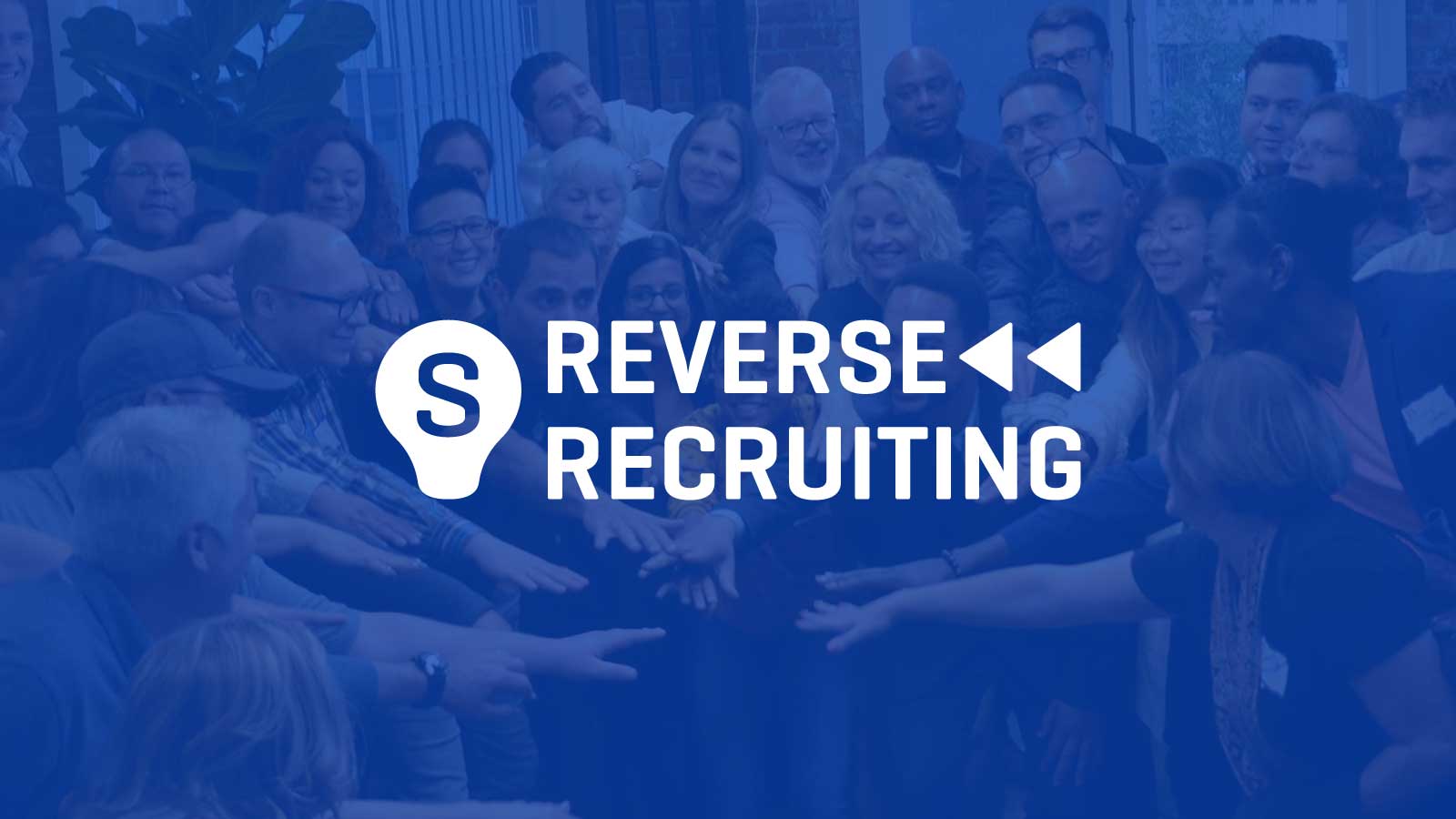From Passive to Proactive: Accepting Reverse Recruiting in Your Company
From Passive to Proactive: Accepting Reverse Recruiting in Your Company
Blog Article
Raise Your Hiring Video Game With Strategic Reverse Hiring Approaches
In the realm of ability procurement, traditional recruiting techniques have long been the standard. However, as the landscape of hiring develops, companies are significantly transforming to cutting-edge approaches such as tactical reverse recruiting to acquire an affordable side in protecting leading talent. This change in way of thinking needs a thoughtful reconsideration of how companies approach the employing process, concentrating on bring in passive prospects as opposed to only counting on active task applicants. By turning the script and proactively engaging with individuals who might not be actively seeking brand-new opportunities, organizations open themselves up to a swimming pool of untapped capacity. This tactical method not just widens the skill pipe but also cultivates a much more varied and competent labor force.
Understanding Strategic Reverse Recruiting
Tactically leveraging the principle of reverse recruiting can substantially improve your organization's ability procurement method. By turning the traditional recruitment strategy on its head, reverse recruiting involves proactively looking for out and bring in passive prospects that might not be proactively searching for new possibilities. This aggressive technique permits companies to take advantage of a swimming pool of top quality skill that might not be available through typical job posts alone.
Recognizing the ins and outs of critical reverse recruiting is essential for its successful application. It needs a deep understanding of the market landscape, competitor analysis, and the details ability that remain in high need. reverse recruiting. By performing comprehensive research study and leveraging market insights, companies can determine and engage with leading skill in a much more customized and targeted manner

Benefits of Reverse Recruiting
Reverse recruiting uses a distinct strategy to ability procurement by proactively involving with easy candidates that may not be actively looking for task chances. One of the crucial benefits of reverse recruiting is the ability to target prospects that are already employed and pleased in their present functions.

Key Parts of Reverse Hiring
Having explored the benefits of reverse recruiting in targeting top performers that are content in their present roles, it is important to comprehend the key parts that make this strategy effective in drawing in passive candidates. Passive prospects are frequently not actively seeking new chances, so having a positive track record as an employer can pique their rate of interest.
One more vital element is individualized outreach. Given that easy candidates are not actively trying to find tasks, common employment messages learn this here now are most likely to be forgotten. Customizing outreach initiatives to highlight just how the specific abilities and experiences of the candidate straighten with the firm's requirements can dramatically boost the opportunities of getting their focus.
Moreover, promoting relationships with easy prospects gradually is vital. Routinely involving with them through networking events, industry conferences, or perhaps periodic check-ins can assist develop connection and trust fund, making them a lot more receptive to prospective work possibilities in the future. By integrating these key elements right into reverse recruiting strategies, organizations can efficiently bring in and hire top ability from the swimming pool of easy prospects.
Applying Reverse Recruiting Approaches

Additionally, creating compelling employer branding and showcasing a favorable business culture can aid attract passive prospects and motivate them to think about brand-new job chances. Developing a skill area or skill pipeline can likewise be helpful in nurturing partnerships with easy prospects with time, keeping them involved and curious about possible future roles within the organization. Overall, carrying out reverse recruiting strategies requires an aggressive and customized method to talent acquisition, concentrating on developing significant links with passive Going Here candidates to drive lasting recruitment success.
Measuring Success in Reverse Hiring
One vital metric is the high quality of prospects engaged via reverse recruiting channels. By determining the conversion rate of easy prospects right into energetic applicants or works with, organizations can determine the efficiency of their reverse recruiting initiatives.
Checking retention rates amongst candidates recruited via reverse methods can provide understandings right into the lasting success of the technique. High retention rates recommend that the prospects sourced with reverse recruiting are a good fit for the organization, contributing positively to its overall skill swimming pool.
Conclusion
Finally, critical reverse recruiting offers an unique method to hiring that focuses on drawing in top ability via aggressive involvement and relationship-building. By leveraging this technique, companies can get an one-upmanship in the skill market and enhance their employment results. It is important to comprehend the benefits, key parts, and methods of reverse recruiting to efficiently execute and gauge success in this cutting-edge strategy to working with.
Report this page